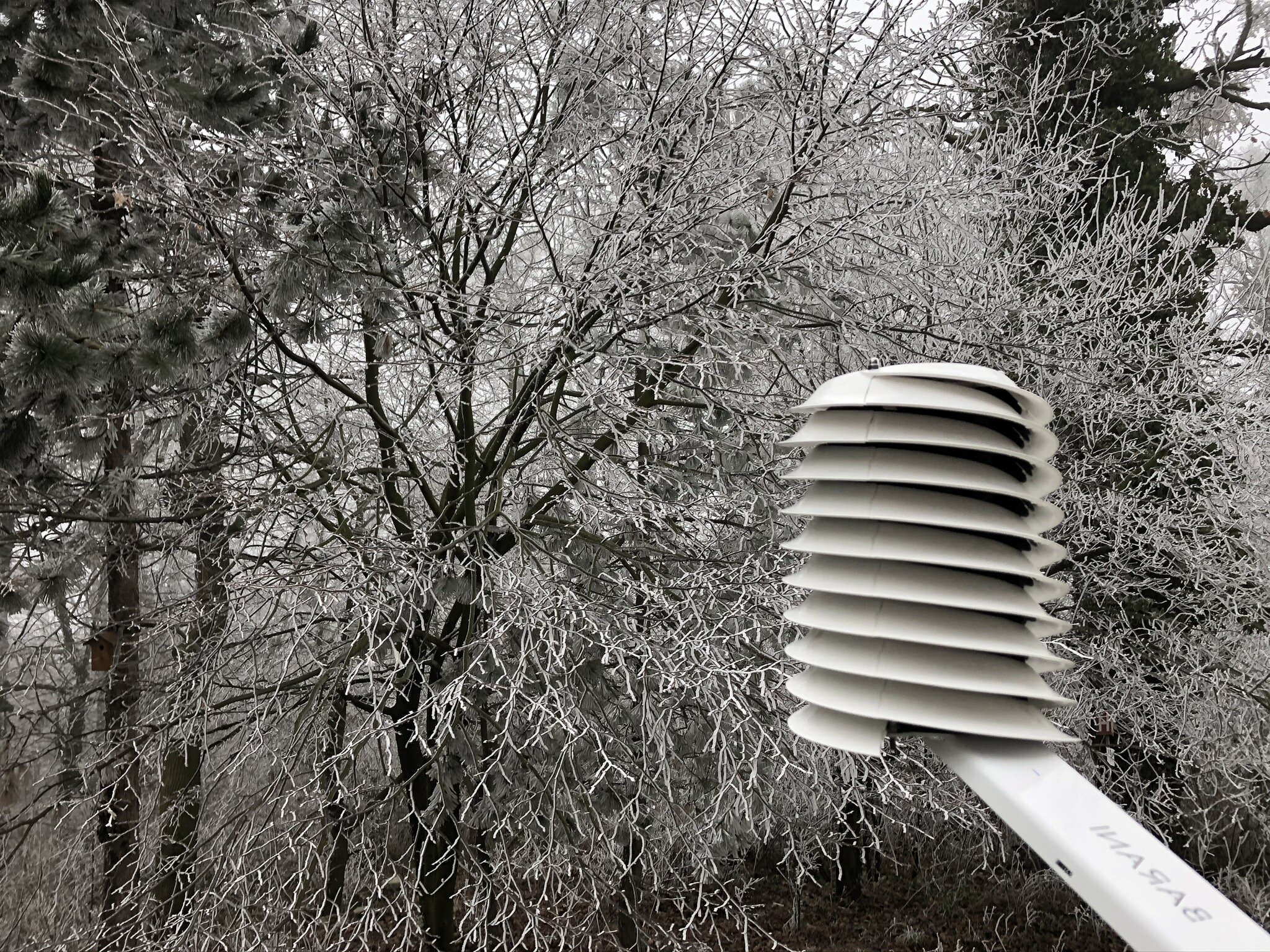MeteoHelix, the basis for the fastest growing private WMO conforming meteorological networks
/Not long ago, IoT stood for quantity and not quality. The MeteoHelix® IoT Pro micro-weather stations are here to change that. Taking advantage of the low-power wireless IoT innovations in combination with top-notch professional measurement technology, a unique micro-weather station that complies with the highest WMO and NWS measurement standards was forged.
This unique technological combination in the MeteoHelix has become the building block technology enabling climatological networks to meet strict WMO measurement standards affordably. An unexpected side benefit of this adoption has been the staggering growth rates of these networks, some of which are more than doubling in size each year. One of the fastest-growing networks is located in Belgium, which has recently become the country with the most densely populated WMO-compliant weather stations per square kilometer.
The year 2022 brings improvements to the MeteoHelix IoT Pro based on input from researchers in Antarctica and the Death Valley and feedback from many other climates. This guarantees pure measurement accuracy and data quality not based on data corrections and black-box artificial intelligence algorithms to compensate for low-quality meteorological measurements. The MeteoHelix IoT Pro provides uniform data quality in all climates ranging from the snow-covered planes of Antarctica to the rain forests of Indonesia and the sun-soaked deserts of the Death Valley.
This month in Chicago, BARANI DESIGN Technologies will be exhibiting and looking for B2B partnerships for the USA, Canada, and Mexico markets at the Meteorological Technology World Expo North America. This B2B expo will be at the Stephens Convention Center in Chicago on August 31 and September 1, 2022.
BARANI DESIGN Technologies s. r. o.
Klincova 35
821 08 Bratislava, SLOVAKIA
tel: +421 948 067 125
sales@baranidesign.com








